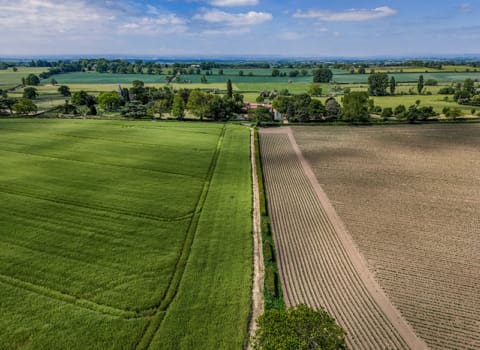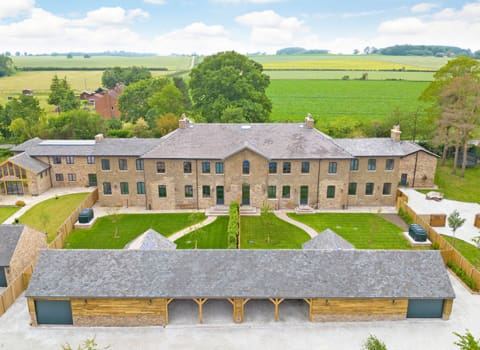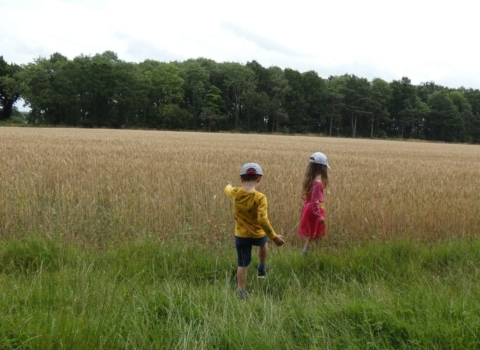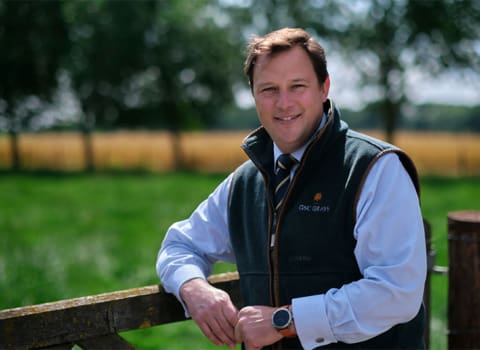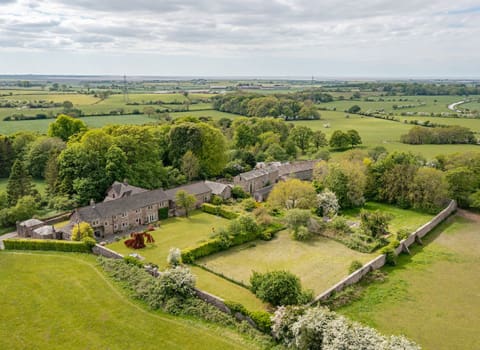Contact our offices
Main office
COLBURN
5 & 6 BAILEY COURT
COLBURN BUSINESS PARK
RICHMOND
NORTH YORKSHIRE
DL9 4QL
Estate Agency Offices are located in
BARNARD CASTLE, BOROUGHBRIDGE & RICHMOND
Residential Management Team
Our Offices
- Alnwick
01665 568310
Email Officealnwick@gscgrays.co.uk - Barnard Castle
01833 637000
Email Officebarnardcastle@gscgrays.co.uk - Boroughbridge
01423 590500
Email Officeboroughbridge@gscgrays.co.uk - Chester-Le-Street
0191 3039540
Email Officechester-le-street@gscgrays.co.uk - Colburn
01748 897630
Email Officecolburn@gscgrays.co.uk - Driffield
01377 337180
Email Officedriffield@gscgrays.co.uk - Hamsterley
01388 487000
Email Officehamsterley@gscgrays.co.uk - Hexham
01434 611565
Email Officehexham@gscgrays.co.uk - Kirkby Lonsdale
01524 880320
Email Officekirkbylonsdale@gscgrays.co.uk - Penrith
01768 597005
Email Officepenrith@gscgrays.co.uk
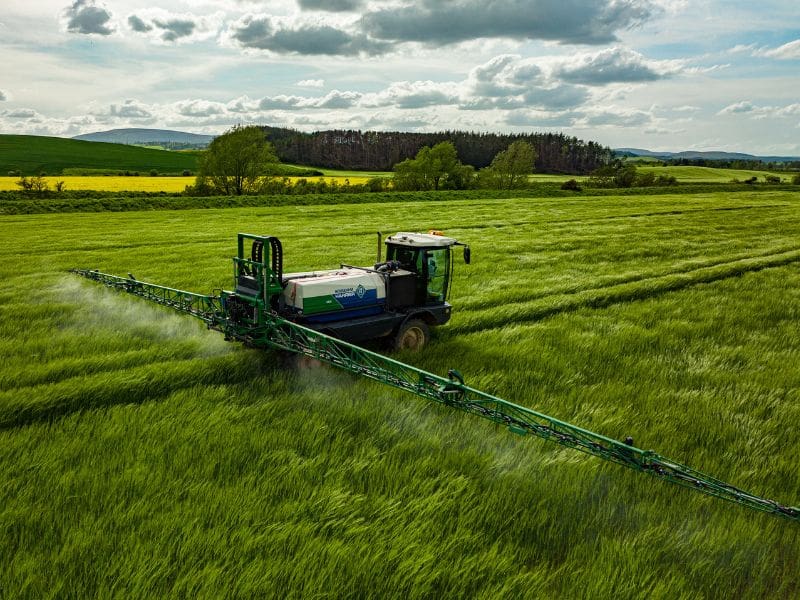
How do we square that circle?
With the reduction in BPS payments now really starting to be seen, almost all farming businesses are trying to work out how they can look to fill this void.
In simple terms, all businesses have the same options to achieve this:
- Increase the income generated from the remaining parts of the business, whilst maintaining the existing cost structure.
- Generate additional income from new enterprises developed by the business (most likely some form of diversification).
- Reduce the costs incurred in running the business whilst maintaining the existing income.
Having been involved in farm consultancy for over three decades I will always look to points 1. and 3. to achieve the solution. In my experience, most farming businesses do not have the expertise or enthusiasm to successfully diversify away from the core business, let alone the appropriate location. Farmers are in farming to farm – can we find a way to achieve this, fill the void created by the loss of BPS and ensure a financially viable business continues?
One option we are discussing with clients is to intelligently use the new environmental schemes to both increase the income generated but also reduce the costs incurred.
This very simple concept, stylised in the picture below, shows the central part of the field remaining in mainstream agriculture (marked in red) being farmed as efficiently as possible. The areas around the edge of each field (marked in yellow) are included in an environmental scheme, which receives a significant payment. By following this concept, the overall profitability rises, which should be sufficient to fill the void from losing the BPS income. This concept could apply to both arable and grassland but for now we will concentrate on an arable situation.
REDUCING COST STRUCTURE
Often when reviewing the current performance of arable businesses, an area where many businesses could do better relates to the gross margin generated for every £100 spent on labour and machinery. When this is looked at in detail we do not compare well with other countries across the world.
We are not as efficient in utilising the labour and machinery we have, even though we use modern machinery and have a high-quality workforce. If we can increase our efficiency, then the cost incurred per acre decreases and the gross margin per £100 spent on labour and machinery goes up.
By only farming the central part of the field, we can cover more acres per hour, irrespective of the operation, compared to when we include the headlands, awkward corners etc. Further improvements in efficiencies can occur if the area farmed accurately fits with the working widths of the machines. Increasing the work rates achieved reduces the cost per acre, and potentially allows a greater area to be farmed by the same labour and machinery pool.
INCREASING INCOME
When looking at yield data it is highly likely that the lowest-yielding parts of the fields will be the headlands and awkward corners we are not farming efficiently. These areas will have the same, if not higher, variable costs as the central part of the field, but the yield is lower. As a result, these areas are going to generate the lowest income per acre and be the least profitable areas of the field.
On the other hand, the central parts of the field almost certainly will be achieving the highest yields. As a result, these will generate much higher levels of income per acre, considerably higher than the current field average, resulting in these areas being the most profitable parts of the field.
Those awkward areas and headlands we have chosen not to farm are then entered into an environmental scheme where annual payments of over £600/ha can be achieved. As a result, these areas are also likely to be at least as profitable as the current situation, if not more so.
SQUARING THE CIRCLE
Combining the two elements of higher yields with more efficient use of the labour and machinery pool results in a significant increase in the profitability achieved from the area being actively farmed. Along with the environmental scheme payments for less productive areas, each area has been optimised to achieve the highest margin possible.
There will need to be a change of mindset in terms of managing arable businesses going forward, to ensure the full benefits of this concept are achieved. There will need to be changes in the labour and machinery pool of most businesses so that these closely match the area being farmed. The area being farmed will also be a totally different area to the area that is occupied and managed by the business.
Overall, this concept could well allow us to square the circle – farmers continue to farm the best land efficiently, whilst benefiting from environmental payments on the remainder.
This will enable them to continue to do what they enjoy doing, full the void created by the loss of BPS and ensure a financially viable and sustainable business for the future.




